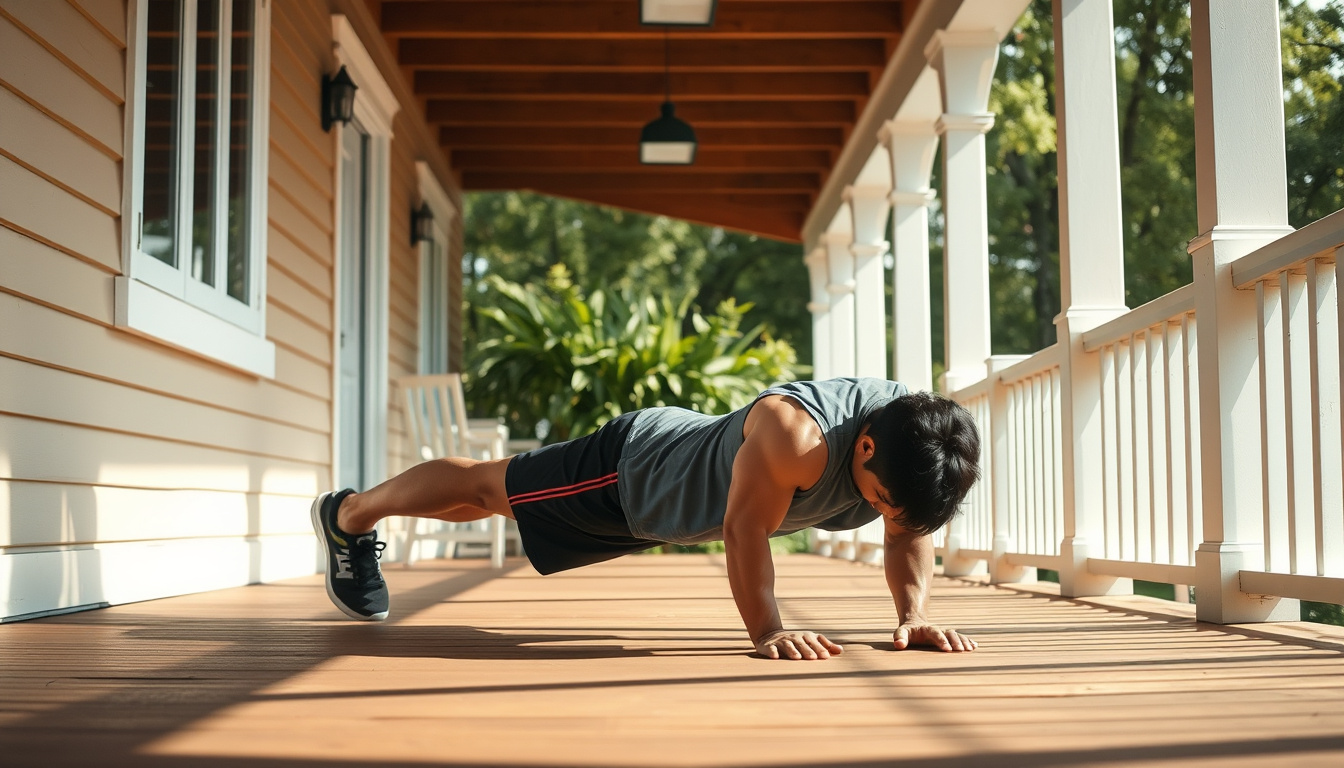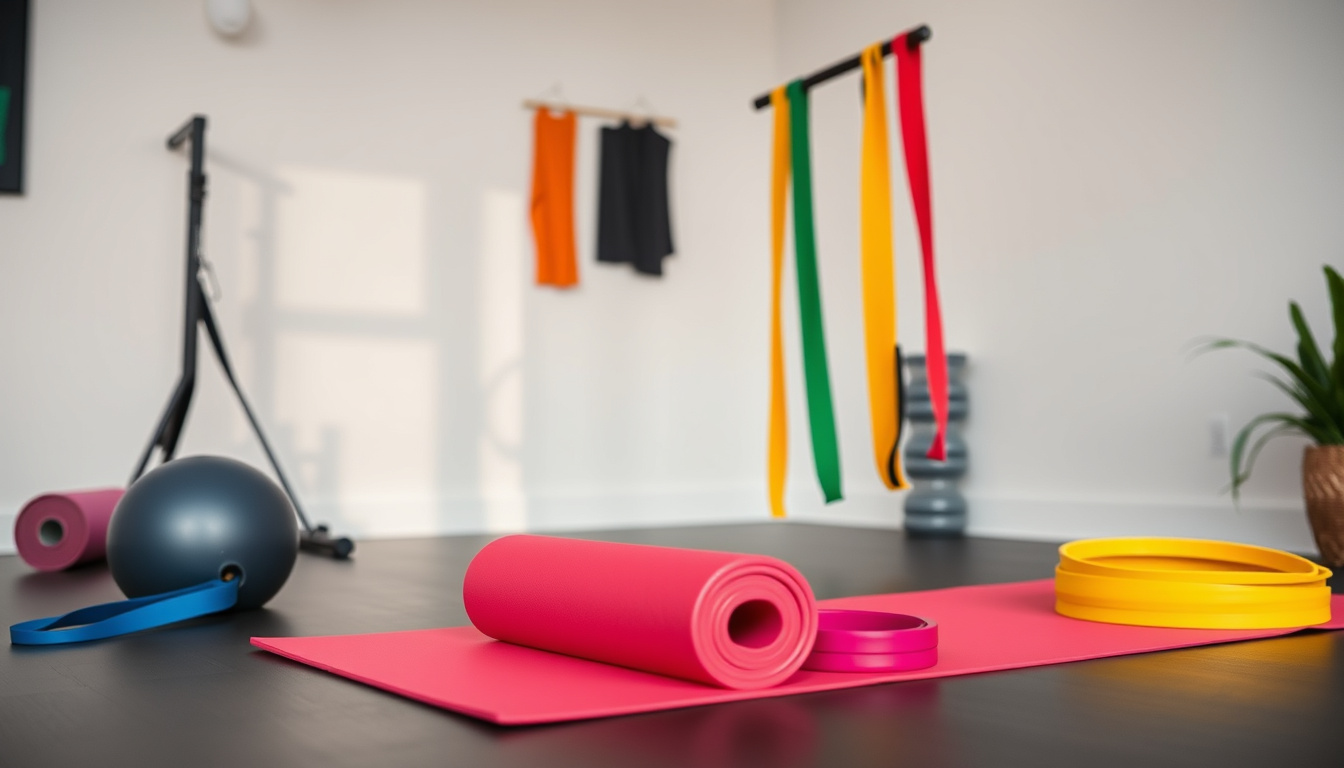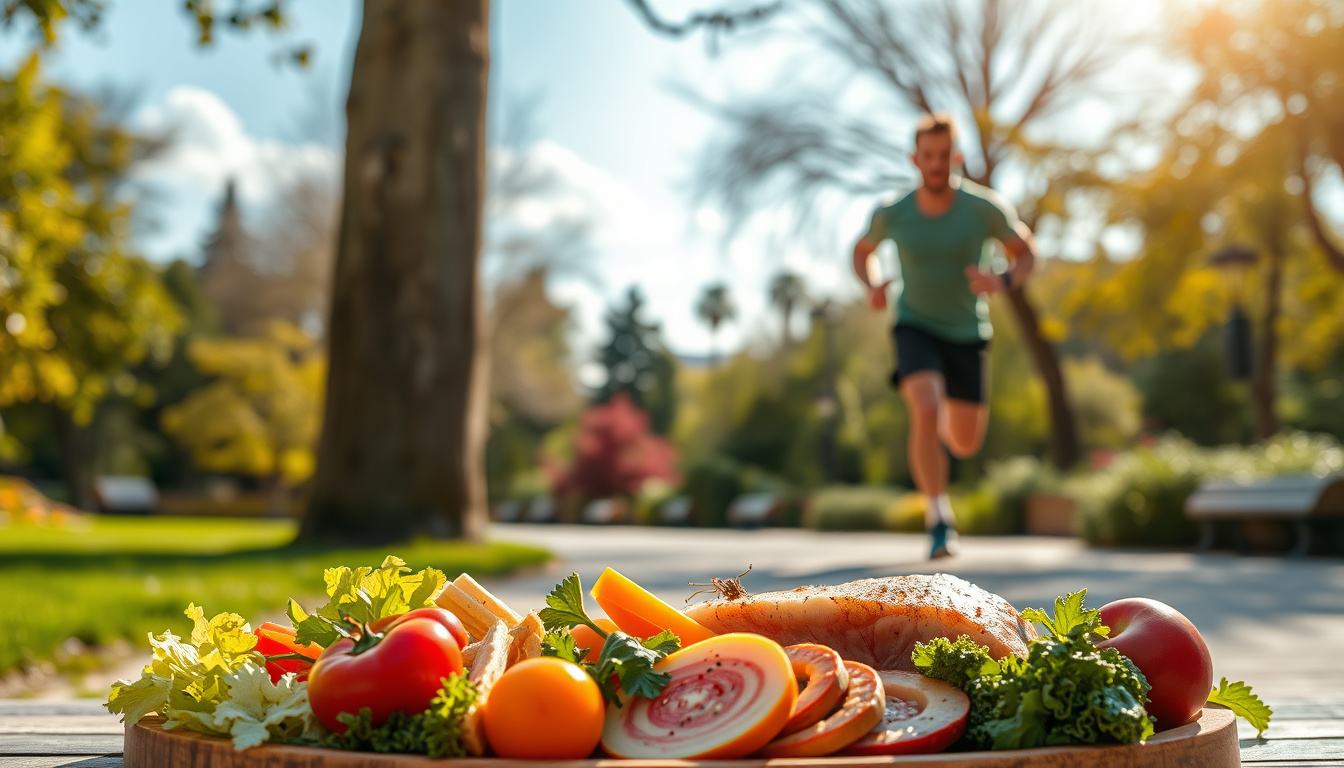In recent years, calisthenics has grown fast in popularity. Calisthenics works with simple moves that use your own weight. It helps you build strength and flexibility at home. Gym workouts need gear; calisthenics needs only your body. This guide gives you clear tips to build strength and flexibility at home.
Understanding Calisthenics: The Basics
Calisthenics uses body moves to build muscle strength, endurance, and flexibility. Moves like push-ups, pull-ups, dips, planks, and leg raises help you move well. It works with natural body actions. These actions aid joint mobility and muscle stretch, which is key for good health and to avoid injury.
Getting Started with Calisthenics at Home
Start with a clear view of calisthenics. Here are some basics:
- Assess your current strength and skills.
- Set a steady plan. Aim for 3–4 sessions each week and allow rest.
- Choose a simple, clear space that gives you room to move.
Core Tips for Building Strength Through Calisthenics
Build strength by using proper form, steady progress, and mix-ups in your moves. Follow these tips:
- Master the Right Form First
Keep the links between your body parts tight. In a push-up, keep your head, chest, and legs in one line. Push with care and lower until your chest nears the floor. This close link of words and actions stops injuries and hits the right muscles.
- Increase the Challenge Step-by-Step
Build your strength step-by-step. Try to:
- Do more repetitions or sets.
- Shorten the rest periods.
- Shift from easy moves like knee push-ups to full push-ups, then to tougher ones like archer or one-arm push-ups.
- Move slowly to keep tension on your muscles.
- Mix Moves That Work Many Muscles
Use moves such as pull-ups, push-ups, dips, and squats. These moves work on more than one muscle at a time. They give you a simple yet effective workout.
- Value Steady Practice and Time
Strength takes time. Keep your plan, note your gains, and cheer small wins.
- Stick with Simple Tools
Calisthenics works with body weight. You may add a resistance band or pull-up bar for more work.
Tips for Boosting Flexibility with Calisthenics
Flexibility helps you move, keep injury low, and balance your muscles. Here are some ways to improve flexibility with body moves:
- Use Active Stretching Before Workouts
Do leg swings, arm circles, and hip turns before you work. These moves help your muscles get ready.
- Do Static Stretches After Workouts
After you exercise, hold stretches for 15–30 seconds. Work on your hamstrings, hip areas, shoulders, and back. This helps your muscles relax and lengthen.
- Add Moves for Joint Mobility
Do deep lunges, shoulder rolls, and spider crawls. These moves help your joints move better.
- Mix Yoga and Calisthenics Moves
Try poses like downward dog, pigeon pose, or cobra. These moves work well with calisthenics by improving stretch and calm.
- Stay Steady and Kind to Your Body
Improving stretch is a slow gain. Do regular, gentle stretching to prevent strain.
Sample Calisthenics Routine for Strength and Flexibility
Here is a week-long plan for those new or with mid-level skills:
| Day | Focus | Moves |
|---|---|---|
| Monday | Upper Body Strength | Push-ups (3×12), Pull-ups (use help if needed, 3×8), Dips (3×10) |
| Tuesday | Flexibility & Mobility | Active stretches, basic yoga poses, deep lunges |
| Wednesday | Core & Lower Body | Planks (3×30 sec), Squats (3×15), Leg raises (3×12) |
| Thursday | Rest or Light Stretching | Soft yoga, a short walk |
| Friday | Advanced Calisthenics | Archer push-ups, one-leg squats, muscle-ups (if able) |
| Saturday | Flexibility & Recovery | Foam rolling, held stretches |
| Sunday | Rest & Recovery | Soft yoga or quiet time |
Always listen to your body. Change moves if needed and slowly raise the intensity for steady gains.
Top 10 Calisthenics Tips for Success
- Stick with form before doing many reps.
- Raise difficulty in small steps.
- Keep a steady training plan.
- Join strength moves with flexible moves.
- Record your gains to stay upbeat.
- Use a mix of moves to avoid a plateau.
- Eat well to support muscle work.
- Rest well and drink enough water.
- Find help in online guides and groups.
- Stay patient and true to your plan—results come with time.
FAQs About Calisthenics
Q1: How long will it take to see results?
A: Most people see changes in strength and stretch within 4–8 weeks if they work regularly and keep good form.
Q2: Can I build strong muscles with calisthenics?
A: Yes. Many people show clear muscle tone with harder moves, steady progress, and a good diet, all done at home.
Q3: Is calisthenics safe for all ages?
A: Yes. Calisthenics can be changed to fit any age and skill level. It works best when you keep safety in mind and adjust moves as needed.
External Reference for Further Reading
Read more about bodyweight work and science at ACE (American Council on Exercise).
Conclusion: Begin Your Calisthenics Journey Today
Choosing a calisthenics plan to build strength and flexibility at home shows your care for your body. Use proper form, step up slowly, and pair strength moves with stretch work. With a focused plan, you build muscle tone, gain motion, and improve health. So, why wait? Begin these calisthenics tips today and see your strength and stretch grow!




